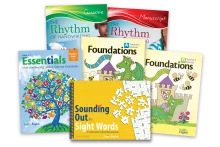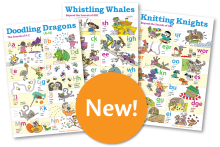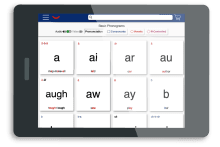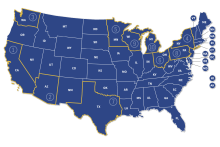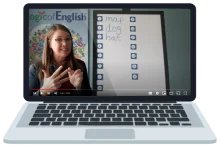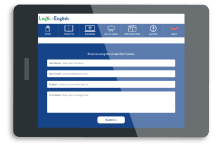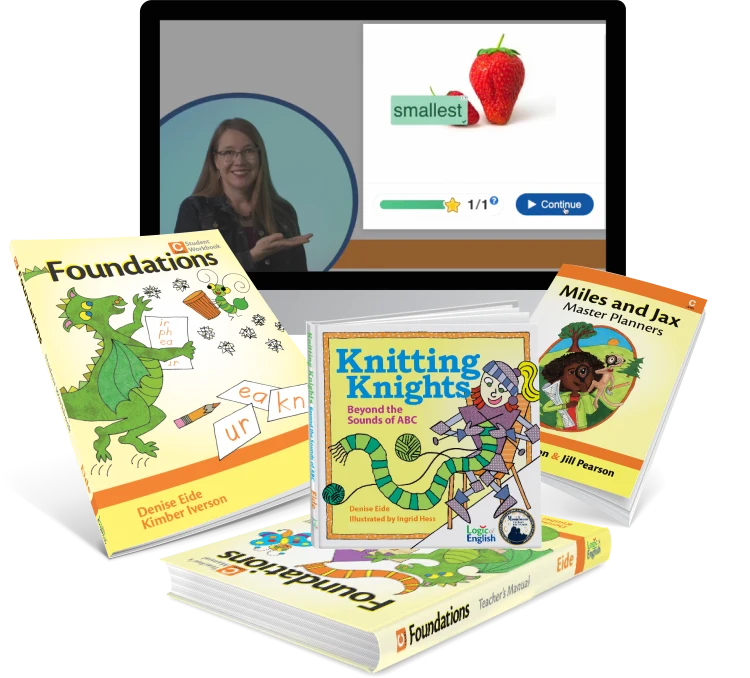"I'm really impressed because she knew some but not all of the phonogram sounds when we started in July and three months in she's reading the little books herself. She can't wait to start Foundations B!"
In a University study, Foundations demonstrated Tier 3 evidence.
Download the Full Executive SummaryIntegrate an Online Component to Your Lessons
Adding the Foundations Online Supplements can enhance and diversify your students’ learning experience all while making your life easier. Use our planning guides to effortlessly incorporate the online lessons, games and activities into your upcoming Foundations lessons!
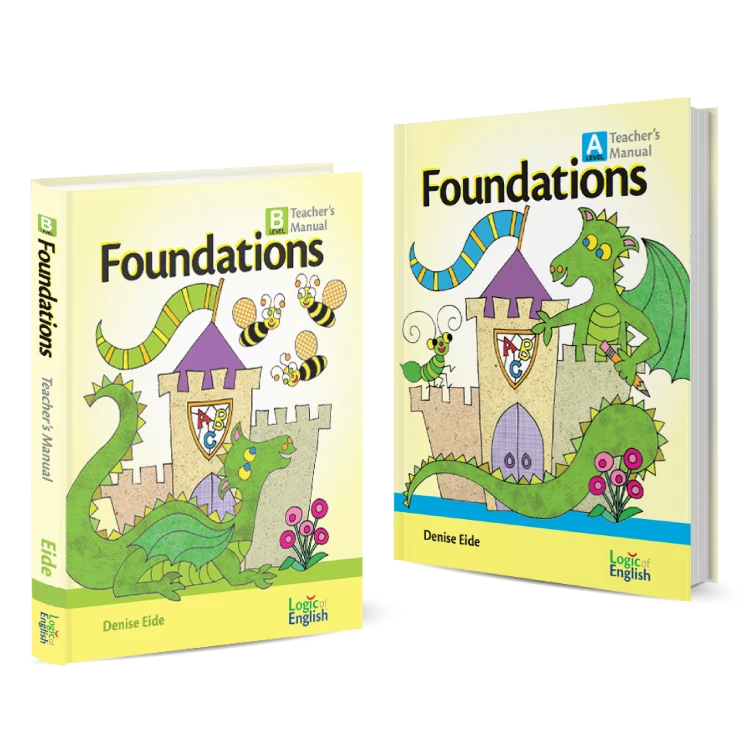
Foundations Has Two Starting Points: A or B
Foundations A is for students who are about to start their reading journey, while Foundations B is for those who have some knowledge of phonemic awareness and the sounds of A-Z. Where should your student begin?
Starting at B Assessment Help Me Choose
A Multisensory Curriculum for Young Learners
With Foundations, students develop mastery of core concepts through fun games and a wide variety of learning activities. With scripted lessons and regular assessments, teachers can determine if students are ready to move to the next lesson or if they need further instruction.

Games Are a Part of Learning Too!
Every game is designed to help students practice new concepts, develop mastery and have fun with literacy!
Meeting the Standards: Foundations
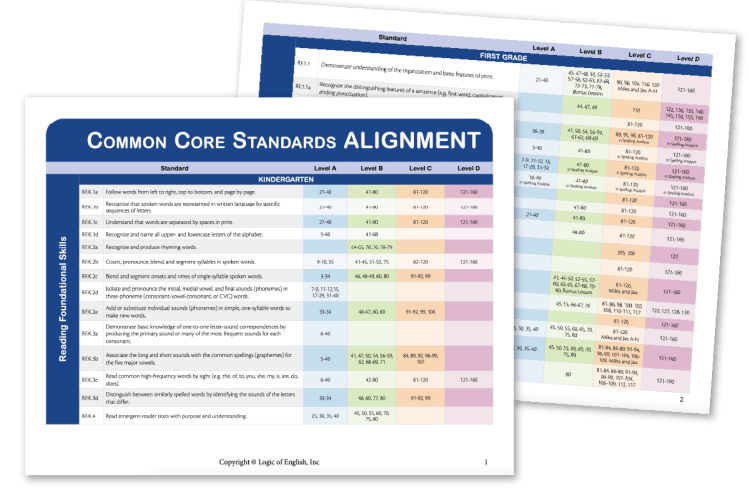
Make sure your students are on track! These standard alignments are designed to help teachers assess students' knowledge and guide students throughout their reading journey!
Standards Taught in FoundationsStandards Taught in Foundations [by State]
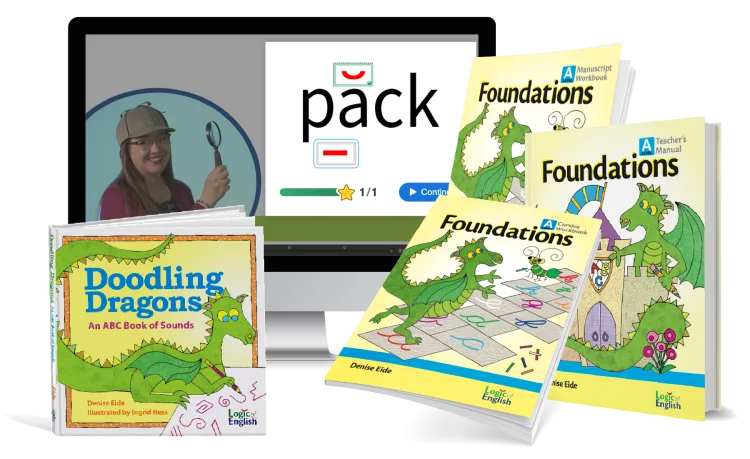
Bundle and Save
Save 10% when you buy a Foundations set! The sets include everything you'll need to teach successfully: a teacher's manual, student workbook, quick references, game pieces, decodable readers and more. Additionally, when you buy a set, you can purchase the corresponding online supplement at 50% off!

Discover Resources That Will Strengthen Your Teaching and Their Learning


